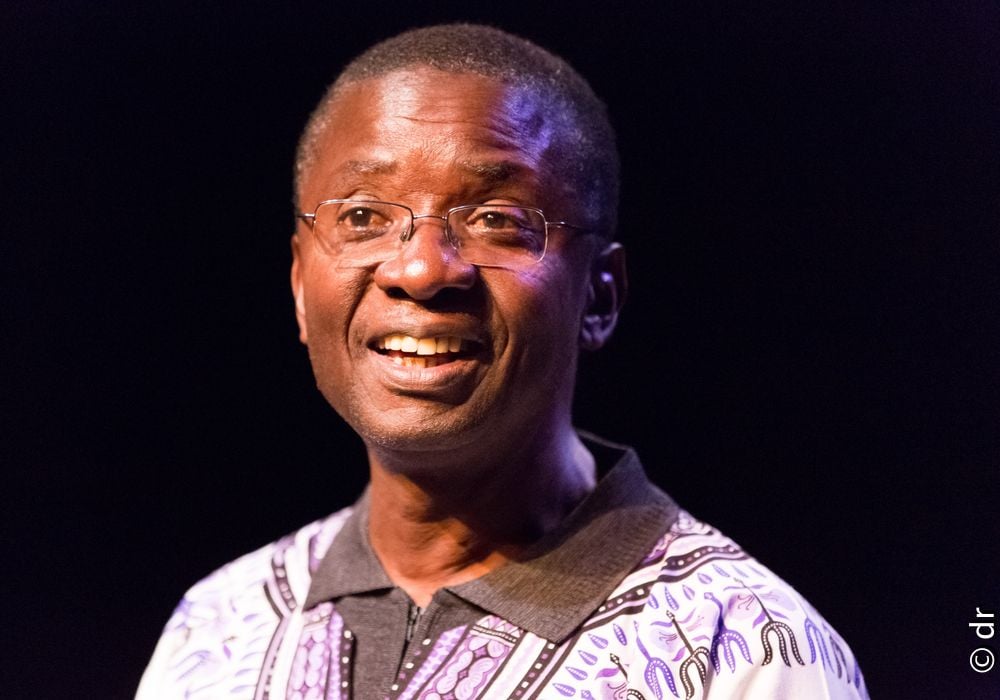The Professional Component
Rumble In The Jungle
rumble in the jungle
In 1974, Muhammad Ali achieved a memorable feat in Kinshasa by winning the legendary fight against George Foreman. Today, Ali represents a role model of resilience, ambition, and leadership for young people, inspiring them to believe in their potential.
The Rumble in the Jungle enters the We Act program through the Professional component with the aim of telling a story to this elite youth destined to accomplish great things.
Why is this event aimed at young people?
4 objectives
- Inspire : Introduce young people to the thought leader that was Muhammed Ali and motivate them to believe in themselves and strive for excellence in their personal, professional, etc. lives.
- Educate : Discuss ways to overcome current economic, cultural, and social challenges, based on the story of the fight between Muhammed Ali and George Foreman.
- Mobilize : encourage the participation of young people in these initiatives.
- Celebrate : Pay tribute to the legacy of Muhammad Ali and the impact of his fight in the DRC and the world.
Why is this event aimed at young people?
The journey of a great man
Birth of the Champion
Born Cassius Marcellus Clay Jr. in 1942 in Louisville, Kentucky, he was one of the greatest heavyweight boxers of all time.
1942
Olympic Medal
Olympic medal at the 1960 Rome Games where he won 100 victories out of 108 matches.
1960
Symbol of peace
Refusing to go to war against Vietnam, clearly on the pretext of not fighting his Black brothers and sisters, which did not align with his religious beliefs.
He was stripped of his national boxing title.
1967
Return of Muhammad Ali
Muhammad Ali was reinstated as a national boxer and elevated to the status of a great man.
1970
Ali World Champion
Victorious in a legendary fight against George Foreman in Kinshasa where he won in 8 rounds, Muhammad Ali became the World Champion in 1974.
1974
The Talk Show
On stage at The Rumble in the Jungle




